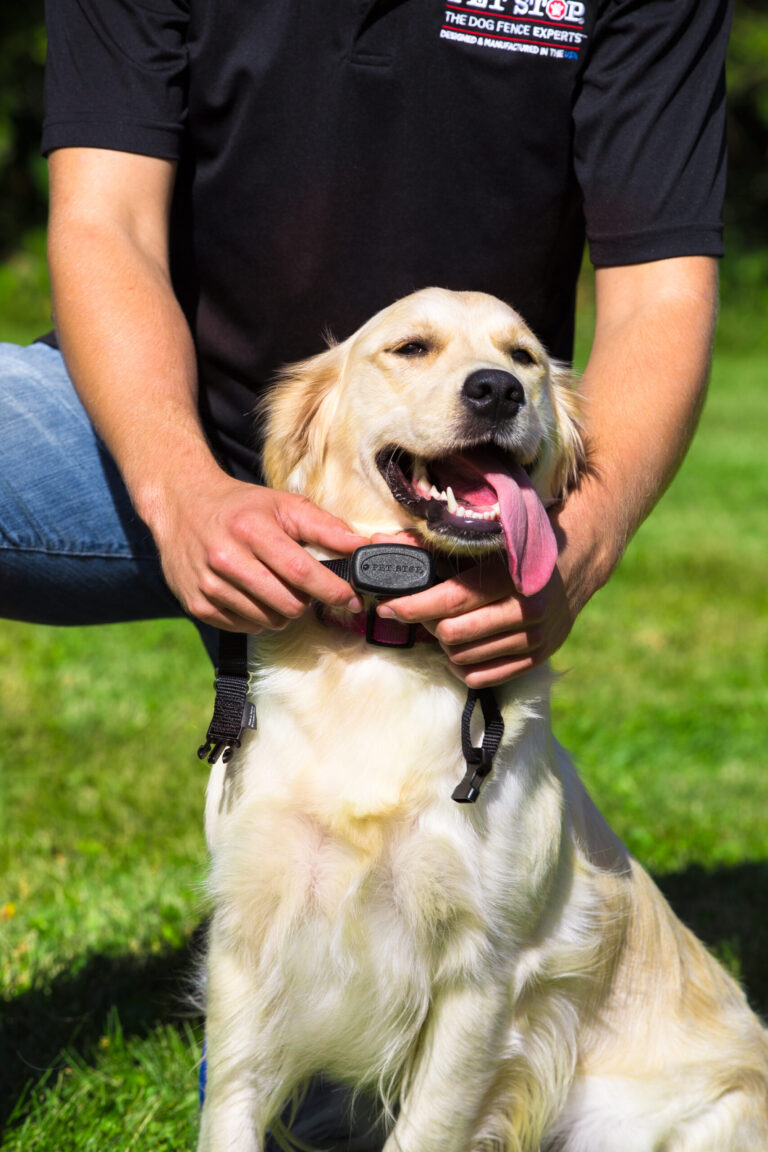The Lazy Dog Jumps Over the Quick Brown Fox is a well-known pangram used to showcase all letters of the alphabet. This sentence serves as a way to test fonts and keyboards, and is often used in typography and design.
It has gained popularity for its use in various fields, including linguistics, education, and entertainment. The alliteration and rhythm of the sentence make it memorable and easy to recall. Additionally, it has been widely used in literature and media, showcasing its versatility and enduring appeal.
We will explore the origins and significance of The Lazy Dog Jumps Over the Quick Brown Fox, as well as its impact on different domains, demonstrating its enduring relevance in modern culture.
Mastering Agility Training: The Lazy Dog’s Leap
Agility training for dogs has a long and storied history, tracing back to its beginnings in the 1970s. The sport was initially developed to showcase the incredible athleticism and skill of dogs, and has since become a popular activity for dog owners around the world. The importance of agility training for canine health cannot be overstated. Not only does it help to keep dogs physically fit, but it also provides mental stimulation and helps to strengthen the bond between dogs and their owners.

Credit: www.vulture.com
Choosing Your Agility Challenge
Identifying the right agility training for your dog involves understanding your dog’s individual pace and motivation. Not all dogs are built alike, so it’s essential to adapt the course to fit your dog’s specific needs. Incorporating fun into the agility course can also help keep your dog engaged and excited about learning. By paying attention to your dog’s reaction to different obstacles and adjusting the course accordingly, you can ensure that the training remains stimulating and beneficial for your pet.
Pre-agility Basics
Sure, I can help you with that. Here’s the HTML format for your blog post: “`htmlBefore starting agility training with your dog, it’s crucial to understand their physical capabilities. Every dog is different, so it’s important to be aware of their strengths and limitations. Take time to observe how your dog moves, jumps, and responds to different exercises. This will help you tailor your training to suit your dog’s specific needs.
When beginning agility training, teach your dog essential commands such as “sit,” “stay,” “come,” and “wait.” These commands will form the foundation for more advanced agility exercises. Using positive reinforcement and consistent training, your dog will learn to respond to these commands with confidence and precision, setting the stage for successful agility training.
Agility training is a team effort between you and your dog. Building trust and communication is key to a successful training experience. Spend quality time with your dog, engage in interactive play, and establish a strong bond. Effective communication and a trusting relationship will enhance your dog’s performance and enjoyment during agility training sessions.
Setting Up For Success
Setting up an agility course at home can provide great exercise for your dog and help improve their physical and mental abilities. Professional agility classes offer structured training and can help you learn the best techniques for teaching your dog agility. Consider investing in essential equipment such as jump bars, tunnels, and weave poles to set up a basic course. These items can be found online or at pet supply stores and are ideal for beginners to start training their dogs in agility.
The Lazy Dog’s Transformation
Training a lazy dog can be a challenging yet rewarding experience. By focusing on incremental steps, you can motivate the lazy dog to become more active and enthusiastic. Celebrating small victories in the training process can provide encouragement and reinforce positive behavior. It’s important to tailor exercises to the specific needs and characteristics of different dog breeds, ensuring that the training methods are suitable and effective for each individual dog. Through consistent effort and patience, the lazy dog can undergo a remarkable transformation, becoming more energetic and engaged in various activities.
The Quick Brown Fox’s Role
The Quick Brown Fox’s Role
Fostering healthy competition in agility training and learning from high-energy breeds are essential for effective training. Understanding the importance of creating a challenging yet friendly environment for dogs to showcase their agility skills is crucial. By observing the competitive nature of high-energy breeds, one can gain valuable insights into fostering healthy competition. It is vital to provide opportunities for dogs to engage in activities that allow them to exhibit their natural abilities, promoting their physical and mental well-being. Additionally, agility training offers a platform to enhance the bond between the dog and the owner, contributing to a harmonious relationship based on trust and cooperation. This approach facilitates a dynamic and enriching experience for both the dog and the owner, ultimately leading to a successful agility training program.
Training Techniques For Every Canine
Positive reinforcement methods: When training your canine companion, it’s essential to focus on positive reinforcement techniques rather than punishment. This involves rewarding good behavior with treats, praise, or toys to encourage that behavior to continue. By using positive reinforcement, you can create a strong bond with your dog and improve their responsiveness to training cues.
Agility exercises that double as bonding time: Engaging in agility exercises can be a fun way to bond with your dog while also providing physical and mental stimulation. Activities such as obstacle courses, fetch games, and scent detection can improve your dog’s agility, coordination, and problem-solving skills. These exercises not only strengthen the canine-human bond but also promote a healthy and active lifestyle for your furry friend.
Fine-tuning Agility Skills
Maintaining concentration and coordination is essential for fine-tuning agility skills in dogs. Training should focus on advancing from basic to more complex obstacles to continuously challenge the dog’s abilities. In addition to improving performance, it’s crucial to prioritize safety measures during training sessions to prevent any potential injuries. Encouraging regular practice and providing a safe environment can lead to significant progress in agility training.
Beyond The Backyard: Competing With Your Canine
Preparing for your first agility trial: Participating in your first agility trial can be a thrilling experience for both you and your canine companion. As you prepare for the event, it’s important to focus on training and conditioning. Set aside time for regular practice sessions to familiarize your dog with the various obstacles they will encounter. Additionally, work on improving your communication and bond with your dog to ensure seamless cooperation during the trial.
Understanding agility competition rules: Familiarize yourself with the specific rules and regulations of the agility competition you will be participating in. Different events may have varying criteria for scoring and time limits, so it’s crucial to study and understand the guidelines thoroughly. This will allow you to tailor your training and strategies to align with the competition’s requirements.
Strategies for staying calm under pressure: Agility trials can be intense and stressful, but maintaining a calm and focused mindset is essential for success. Practice breathing exercises and positive visualization techniques to manage nervousness. Additionally, develop a routine that helps you and your dog relax and stay focused amidst the excitement of the competition.
Agility Training: A Lifelong Journey
The role of agility in a dog’s mental health
Agility training is not only physically beneficial for dogs but also plays a crucial role in their mental well-being. The mental stimulation and problem-solving aspects of agility exercises can help keep a dog’s mind sharp and engaged, preventing boredom and behavioral issues. Engaging in agility activities can boost a dog’s confidence and provide a sense of accomplishment, leading to overall improved mental health and happiness.
Agility training offers a great opportunity to connect with like-minded dog owners and build a supportive community. Sharing experiences, tips, and cheering each other on during training sessions and competitions can create a sense of camaraderie among agility enthusiasts. This support network not only enhances the training experience but also fosters friendships and a sense of belonging among dog owners who share a passion for agility.
Frequently Asked Questions On The Lazy Dog Jumps Over The Quick Brown Fox
What Is The Significance Of The Lazy Dog In The Title?
The lazy dog symbolizes leisure and ease, adding an element of relaxation to the narrative. It introduces the theme of leisurely activities and sets the tone for the story.
Why Does The Quick Brown Fox Appear In The Title?
The quick brown fox represents agility and quickness, signifying a contrast to the lazy dog. This adds an interesting dynamic to the title and hints at the contrasting characters or elements within the content.
How Does The Title Reflect The Theme Of The Blog Post?
The title captures the essence of motion and activity, showcasing the contrast between laziness and agility. This reflects the potential themes of contrast, movement, or the balance of differing qualities explored within the content.
Conclusion
Learning about the phrase “The Lazy Dog Jumps Over the Quick Brown Fox” has shed light on the complexity and creativity of language. The importance of sentence construction, grammar, and meaning in this context is undeniable. Embracing linguistic diversity enriches communication and understanding.
Keep exploring the beauty of language!



